August 18, 2015
Car sharing and longer commutes are the keys to workforce mobility 0
 The Government should introduce new policies to incentivise people to car share and travel further afield to find work. Those are two of the key finding of a new report, On The Move, from the think tank Policy Exchange which sets out ways to improve the mobility of the British workforce. Making it easier for people to commute twenty minutes further afield would put them in touch with at least one additional major urban area and potentially 10,000 more job opportunities, according to the report. Additionally, it suggests that drivers who offer fellow commuters a lift should be given a tax break. The authors claim that in a third of local authorities that make up the eight city regions no major employment sites (defined as having 5,000 or more jobs) are within a twenty minute commute by public transport and 80 percent of these Local Authorities have an unemployment rate above the national average.
The Government should introduce new policies to incentivise people to car share and travel further afield to find work. Those are two of the key finding of a new report, On The Move, from the think tank Policy Exchange which sets out ways to improve the mobility of the British workforce. Making it easier for people to commute twenty minutes further afield would put them in touch with at least one additional major urban area and potentially 10,000 more job opportunities, according to the report. Additionally, it suggests that drivers who offer fellow commuters a lift should be given a tax break. The authors claim that in a third of local authorities that make up the eight city regions no major employment sites (defined as having 5,000 or more jobs) are within a twenty minute commute by public transport and 80 percent of these Local Authorities have an unemployment rate above the national average.







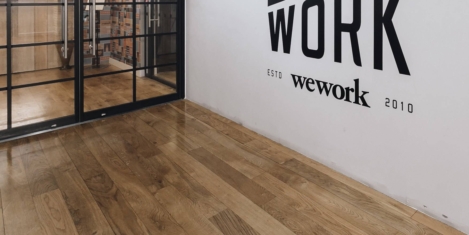



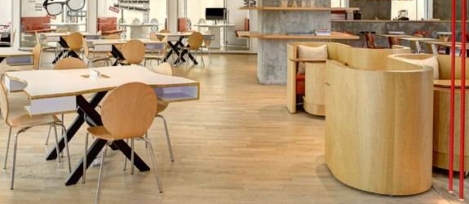
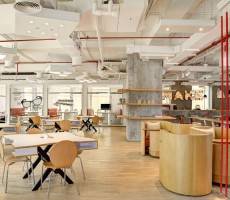





 TechNorth, the Manchester based technology hothouse devised as a regional counterbalance to London, is held in higher regard than the capital’s flagship TechCity development, according to research from recruitment firm Robert Half. The study of IT decision makers across the UK claims that the vast majority would prioritise working with Northern firms over their London counterparts, with 87 percent either ‘highly likely’ or ‘somewhat likely’ to place work with IT businesses in the TechNorth hub rather than those in TechCity London given the choice. The figure is 100 percent for IT leaders based in the North and to 95 percent for those in Scotland. More surprisingly, 80 percent of those based London and the South East said they would prioritise TechNorth, as did 75 percent in the South West and Wales.
TechNorth, the Manchester based technology hothouse devised as a regional counterbalance to London, is held in higher regard than the capital’s flagship TechCity development, according to research from recruitment firm Robert Half. The study of IT decision makers across the UK claims that the vast majority would prioritise working with Northern firms over their London counterparts, with 87 percent either ‘highly likely’ or ‘somewhat likely’ to place work with IT businesses in the TechNorth hub rather than those in TechCity London given the choice. The figure is 100 percent for IT leaders based in the North and to 95 percent for those in Scotland. More surprisingly, 80 percent of those based London and the South East said they would prioritise TechNorth, as did 75 percent in the South West and Wales.
 Plans for what is billed as the tallest office building outside of London have been submitted to Birmingham City Council for approval. The proposed 26 storey tower at 103 Colmore Row is planned to stand 346ft (105m) and house some 2,000 office workers. Birmingham is bound to find the scheme attractive as it vies with Manchester for the crown of England’s second city. Up to now, tall buildings have not enjoyed the same appeal in regional cities as much as they have in London. The new building is planned to replace the former NatWest tower which has lain empty on the development site since 2003 and is set to be demolished once plans are finalised for its replacement. If given a green light, the new scheme will incorporate a rooftop restaurant, green roof, terraces, street level shops and cafes and a winter garden.
Plans for what is billed as the tallest office building outside of London have been submitted to Birmingham City Council for approval. The proposed 26 storey tower at 103 Colmore Row is planned to stand 346ft (105m) and house some 2,000 office workers. Birmingham is bound to find the scheme attractive as it vies with Manchester for the crown of England’s second city. Up to now, tall buildings have not enjoyed the same appeal in regional cities as much as they have in London. The new building is planned to replace the former NatWest tower which has lain empty on the development site since 2003 and is set to be demolished once plans are finalised for its replacement. If given a green light, the new scheme will incorporate a rooftop restaurant, green roof, terraces, street level shops and cafes and a winter garden.

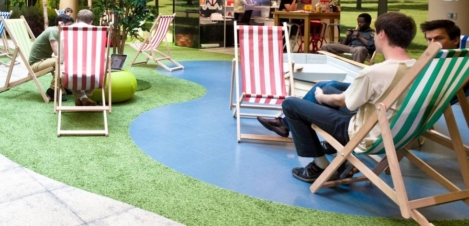
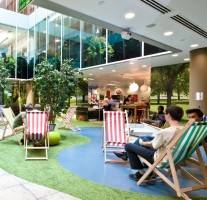














July 9, 2015
London transport shuts down ….. agile workers unaffected …..
by Paul Carder • Cities, Comment, Flexible working, Wellbeing
More →